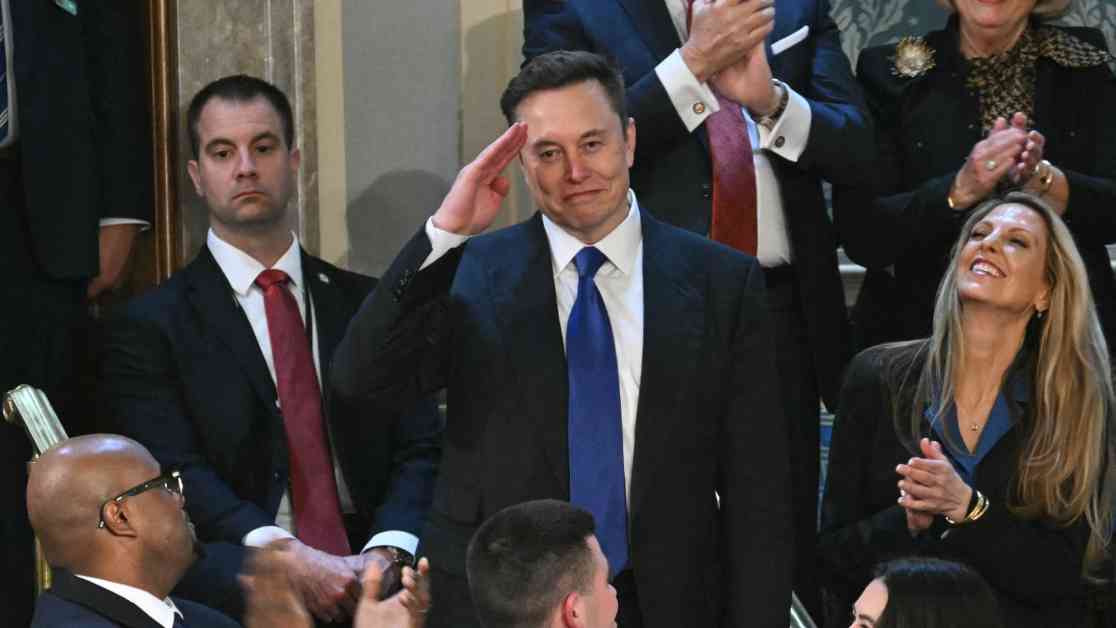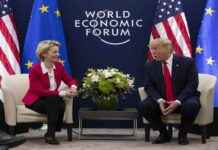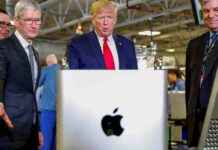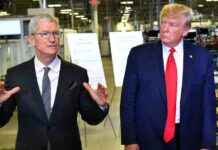The impact of Trump’s economic policies on the future of the DOGE dividend remains uncertain, with analysts and economists divided on the potential outcomes. As the administration continues to focus on tariffs, tax cuts, and infrastructure spending, the possibility of a 20% dividend for taxpayers has sparked debate and speculation on its potential repercussions. Despite the administration’s emphasis on economic growth through investment and tax incentives, the concept of a DOGE dividend as a means of reducing the deficit and stimulating the economy has generated mixed reactions from experts.
Uncertainty Surrounding the DOGE Dividend
The proposed DOGE dividend, characterized by a 20% return to taxpayers from savings identified through government cuts, has raised questions about its economic viability and potential implications. While President Trump has expressed support for the idea of providing Americans with direct financial relief, economists and analysts have highlighted concerns about the impact of such a stimulus on inflation and long-term economic stability.
James Fishback, CEO of an investment firm that advocated for the DOGE dividend, emphasized the potential benefits of returning savings to taxpayers. However, critics like Aaron Cirksena of MDRN Capital warn that injecting $5,000 per person into the economy could lead to a surge in demand, triggering inflationary pressures. The debate over whether the DOGE dividend would fuel short-term economic growth or exacerbate long-term inflation remains a key point of contention among experts.
Challenges and Considerations for Economic Policy
Amidst discussions about the DOGE dividend, economists and professors have underscored the importance of sound fiscal policy and strategic decision-making to address the nation’s economic challenges. Alice Kassens, director of the Center for Economic Freedom, emphasized the significance of increasing the national savings rate through potential dividends to taxpayers. By redirecting savings towards debt reduction and economic growth, policymakers aim to strike a balance between stimulating consumer spending and fostering long-term financial stability.
However, concerns about the potential impact of a DOGE dividend on existing economic conditions persist. While some experts argue that targeted stimulus payments could support economic recovery, others caution against the risks of inflationary pressures and budget deficits. Jonathan Ernest, an economics professor, highlighted the need for coherence between fiscal policy measures and the Federal Reserve’s monetary policies to achieve sustainable economic outcomes.
In conclusion, the debate surrounding the DOGE dividend reflects broader discussions about the intersection of economic policy, fiscal responsibility, and public welfare. As policymakers weigh the benefits and drawbacks of providing direct financial relief to taxpayers, the future of the DOGE dividend remains uncertain. By engaging with diverse perspectives and expert insights, stakeholders can navigate the complexities of economic decision-making and strive towards a more resilient and equitable financial landscape.

















